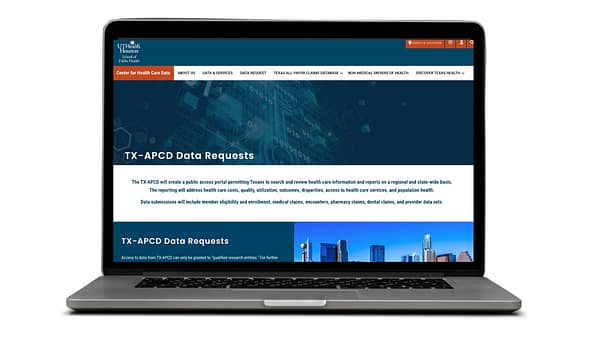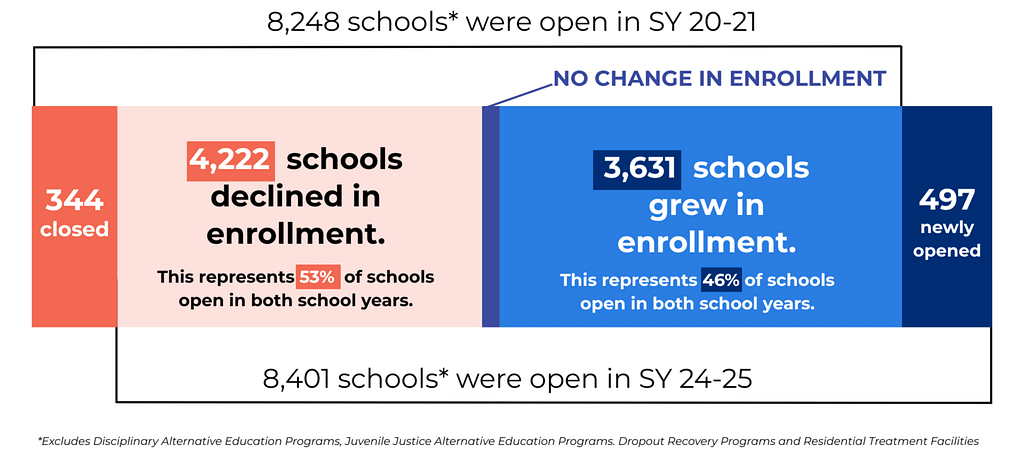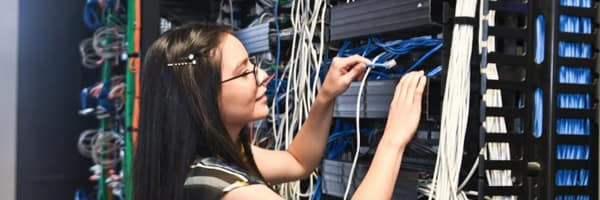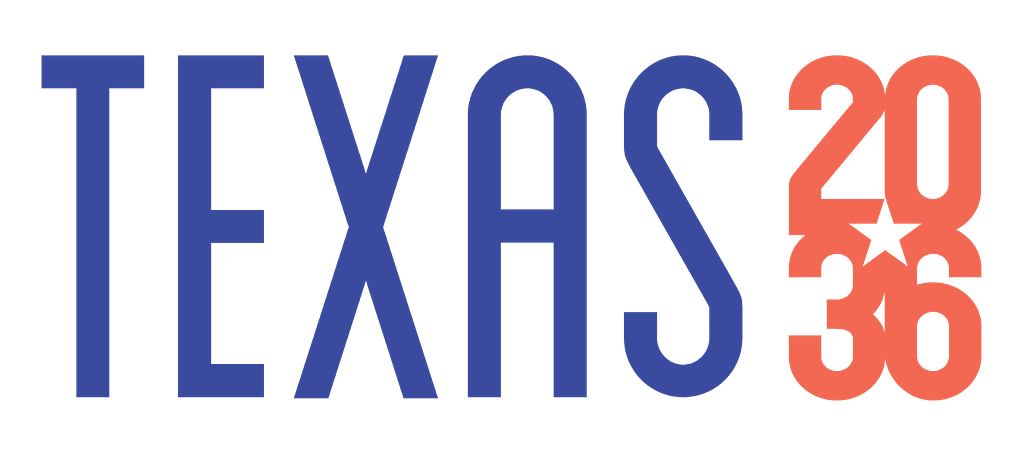The questions every Texan should be asking
This is a preview of our Texas 2036 newsletter with the six questions every Texan should be asking about the state’s future. To receive this weekly look at our work, sign up here.
Texas’ Future: 6 Questions That Need Answers

As Texas grows, the question isn’t whether we can keep pace but whether we’ll seize the opportunity to address challenges before they become crises.
At Texas 2036, we’re digging into the data and developing solutions to the biggest issues facing our state. Here are six areas we’re closely monitoring during this interim period between legislative sessions.
🗳️ As you read, think about the six big questions facing Texas and be ready to share your perspective in our poll.
Childcare
1. Are we prepared to support young Texans?

During the 2025 regular session, lawmakers took important first steps to address regulatory, data and workforce challenges in the childcare industry. These wins set the stage for bigger policy conversations.
The next two years offer a rare chance to improve childcare delivery. We’re tracking the governor’s new task force and the Sunset review of oversight agencies as they tackle this important policy challenge.
Employers say childcare access remains a barrier to parents returning to work. Our goal is clear: ensure policy is data-driven and strengthens Texas’ economy.
To amplify this effort, we are launching a first-of-its-kind study to better understand childcare needs and provide the data for bold reforms.
Health care affordability
2. Will the APCD deliver relief for TX teachers?
Texas 2036 supported 2021 legislation creating the All-Payor Claims Database, giving policymakers a tool to improve transparency, control costs and promote high-value care.
This year, lawmakers funded the effort to open the database to researchers and practitioners. Once fully operational, the APCD will be a powerful tool to improve transparency and help lower health care costs.

The need is urgent: Employer-sponsored family coverage now averages more than $25,000 a year, which is nearly one-third of median household income. For teachers, TRS premiums continue to climb. Lawmakers had to add $450 million this year just to hold premium increases to 10%.
By 2027, the APCD can give policymakers the data needed to evaluate reforms, curb rising costs and ensure Texans, including teachers, keep more of their income while maintaining access to quality care.
Housing affordability
3. Are homeowners insurance rates sustainable?

Texas homeowners face some of the highest insurance premiums in the nation, creating new pressures on affordability.
From 2018 to 2024, the effective rate change in home insurance in Texas rose nearly 60% to an average annual premium of nearly $4,500. Watching insurance market trends closely could inform smart reforms that protect homeowners while maintaining a strong, competitive market.
Housing affordability is a cornerstone of economic growth, and rising insurance costs must be part of that conversation.
K-12 Finance
4. What does shifting enrollment mean for
Texas public schools?
5-Year Texas Public School Enrollment Lookback
 Source: Texas 2036 analysis of Texas Education Agency Student Enrollment Reports
Source: Texas 2036 analysis of Texas Education Agency Student Enrollment Reports
In the chart above, schools in SY 20-21 are compared to their status in SY 24-25. They’re grouped into schools that declined in enrollment, schools that grew in enrollment, schools that were open in SY 20-21 but were closed by SY 24-25, and new schools that opened between the two school years.
From 2021 to 2025, 53% of public schools lost students. At the same time Texas added nearly 500 new campuses. Taken together, these facts are sparking tough conversations about the differential impacts of enrollment changes in Texas communities.
Statewide enrollment data for this school year will not be available until later in the fall, but some administrators are already sounding alarms. Once available, we will analyze the new numbers and compare them with earlier projections based on birth trends.
These shifts have major implications for how Texas funds schools. Texas 2036 is tracking enrollment to help leaders plan for a sustainable system that spends taxpayer dollars wisely and delivers the best outcomes for students and families.
Higher education
5. How quickly can we get students ready for an evolving Texas workforce?

Community college reforms are expanding opportunities and strengthening classroom-to-career pathways. Meanwhile, artificial intelligence is reshaping both learning and work, raising new questions about how credentials reflect essential digital skills.
At Texas 2036, we are tracking these shifts to help ensure higher education policies open doors for more Texans to succeed in tomorrow’s economy.
High school outcomes
6. Are Texas students ready for tomorrow’s jobs?

This year, the Texas Legislature passed landmark bills improving the funding and accountability of public high schools. These bills align them with students’ long-term workforce opportunities.
The new “dual readiness” framework ensures graduates are prepared for good-paying careers and postsecondary education without remediation.
To support these reforms, Texas 2036 is developing a school finance calculator. This will help districts expand career and technical education programs, strengthen local talent pipelines and connect students to high-demand careers.
🗳️ You heard from us, now let’s hear from YOU.
We’ve shared the challenges and opportunities ahead — now we’d love to hear your perspective. Take the poll and join the conversation.
We’re shaping what’s next for Texas
Growth brings opportunity, but only if we act boldly to address challenges that threaten future prosperity. At Texas 2036, we’re committed to bringing credible data and actionable policy ideas to the table.
We want to hear from you, learn from your experiences and partner with those ready to shape a stronger future for Texas. Together, we can build the Texas of tomorrow.
